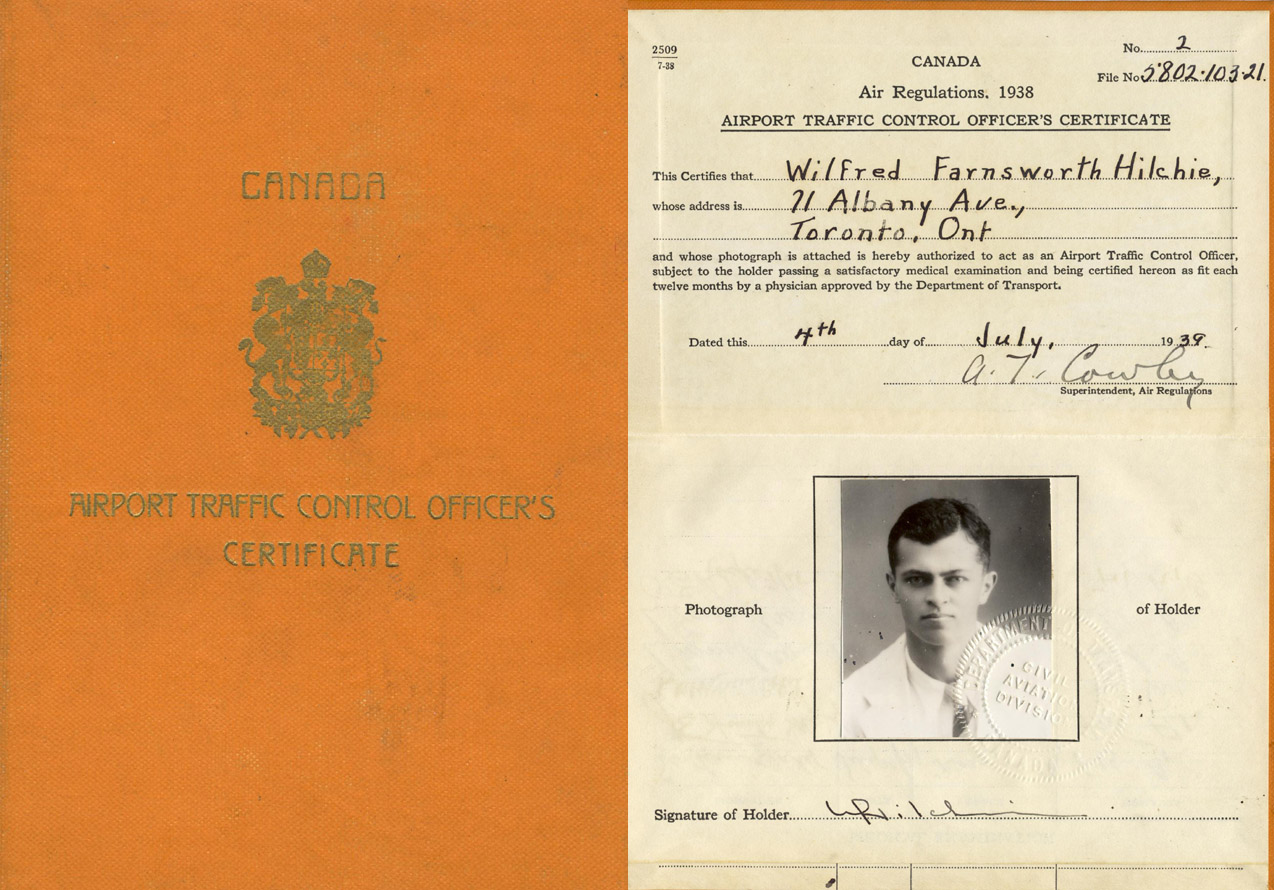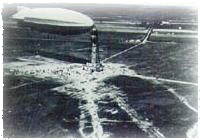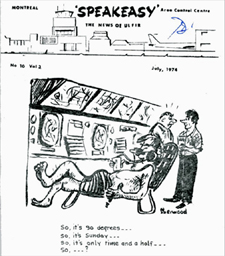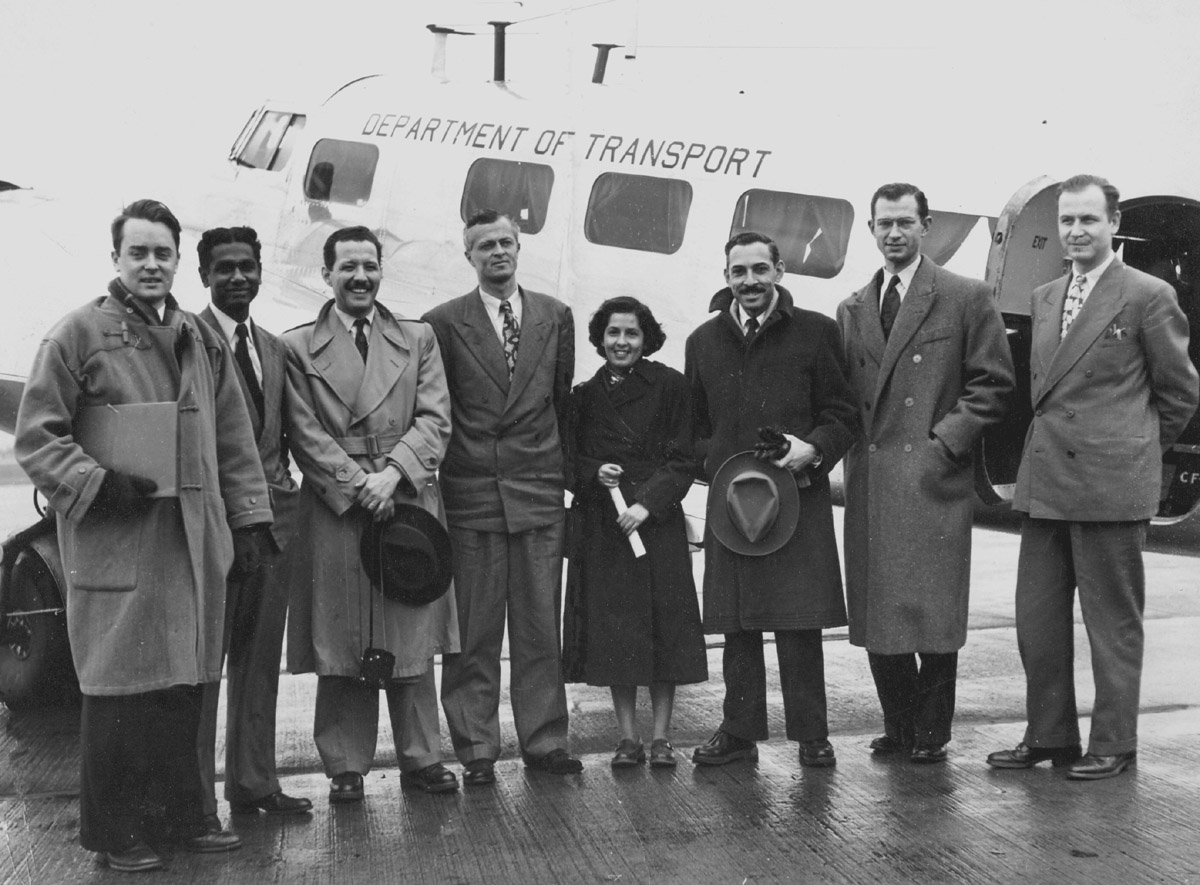 
|
 
|
 "... Dad's original, passport style licence, dated July 04, 1939. There was one brief reference to (my father's) involvement in course #1 in an article entitled “Air Traffic Control, Then and Now” by W.J. Elwood, published in the Canadian Aviation
Historical Society Journal, Volume 15, No 3.
"... Dad's original, passport style licence, dated July 04, 1939. There was one brief reference to (my father's) involvement in course #1 in an article entitled “Air Traffic Control, Then and Now” by W.J. Elwood, published in the Canadian Aviation
Historical Society Journal, Volume 15, No 3. was seen to be seriously dangerous and the Department was pulling all the strings it could to get things under control.
was seen to be seriously dangerous and the Department was pulling all the strings it could to get things under control.
 Thanks to Gilles Demers, here is a link to the 1974 Speakeasy UL ACC newsletter.
Thanks to Gilles Demers, here is a link to the 1974 Speakeasy UL ACC newsletter.
|
 (The photo on the left) "... was taken in 1950 at Dorval and shows (my father), fourth from the left, his secretary Alma Kiwana, Jean-Paul Fournier (first person on the right, a DOT Inspector and co-joe on this flight) and five ICAO representatives. I was told at one time that the occasion was a demo flight of the first ILS in Canada. Dad was told to put it on for the ICAO types, (and) I have the impression it was at St. Hubert. The aircraft is the Lockheed 10A CF-TCC,
one of the three original 10's bought by TCA but which was transferred to DOT in 1939 and which is now owned once more by Air Canada and operated for PR work - when budgetary considerations permit."
(The photo on the left) "... was taken in 1950 at Dorval and shows (my father), fourth from the left, his secretary Alma Kiwana, Jean-Paul Fournier (first person on the right, a DOT Inspector and co-joe on this flight) and five ICAO representatives. I was told at one time that the occasion was a demo flight of the first ILS in Canada. Dad was told to put it on for the ICAO types, (and) I have the impression it was at St. Hubert. The aircraft is the Lockheed 10A CF-TCC,
one of the three original 10's bought by TCA but which was transferred to DOT in 1939 and which is now owned once more by Air Canada and operated for PR work - when budgetary considerations permit."